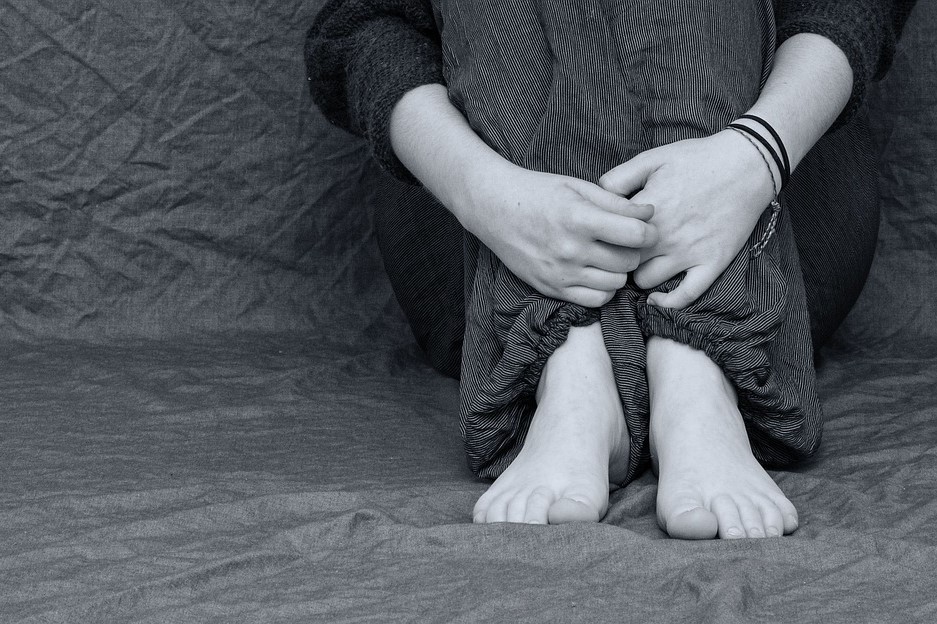
How to recognise depression? The three A rule: asthenia, apathy and anhedonia
Asthenia, apathy and anhedonia: these are the ‘three A’s’ that indicate the main symptoms of depression and which, to put it simply, consist of a loss of interest, motivation and energy for things one normally enjoys
SYMPTOMATOLOGY OF DEPRESSION: WATCH OUT FOR SLEEP DISORDERS
A symptomatology to be kept under control, all the more so because it is estimated that 15% of the population will develop depression in the course of their lives, with a higher incidence in the 25-40 age group.
In addition to a lowered mood, easy emotionality and a sense of guilt and inadequacy, depression can also bring with it a series of somatic symptoms, such as loss or increase in appetite and sleep-related disorders: the latter are to be kept particularly under control because sleep acts as a protector of our brain and mood, and symptoms such as insomnia or, on the contrary, hypersomnia, are linked not only to anxiety and depression but also to cardiovascular diseases.
DEPRESSION, IT’S NOT THE SAME FOR EVERYONE
Depression, however, is not all the same, but differs depending on the intensity, duration and characteristics of the symptoms.
And if, from the point of view of intensity, we can distinguish between mild, moderate and severe depression, depressive symptoms can also vary depending on the age of the individual.
During adolescence, for example, symptoms such as irritability and impulsiveness prevail, followed by isolation.
With advancing age, cognitive and somatic symptoms prevail, especially gastrointestinal disorders.
And in children?
The main symptoms are related to appetite and insomnia, as well as prolonged irritability and fatigability and reduced spontaneous play.
From the age of six and upwards, the child expresses himself better and, if depressed, appears bored, isolated, with low school performance.
Especially in these cases, recognising depression is very important and life-changing.
Read Also:
Emergency Live Even More…Live: Download The New Free App Of Your Newspaper For IOS And Android
Defusing Among First Responders: How To Manage The Sense Of Guilt?
Temporal And Spatial Disorientation: What It Means And What Pathologies It Is Associated With
The Panic Attack And Its Characteristics
Pathological Anxiety And Panic Attacks: A Common Disorder
Panic Attack Patient: How To Manage Panic Attacks?
Panic Attack: What It Is And What The Symptoms Are
Rescuing A Patient With Mental Health Problems: The ALGEE Protocol
Why Become A Mental Health First Aider: Discover This Figure From The Anglo-Saxon World
Anxiety: A Feeling Of Nervousness, Worry Or Restlessness
Firefighters / Pyromania And Obsession With Fire: Profile And Diagnosis Of Those With This Disorder
Intermittent Explosive Disorder (IED): What It Is And How To Treat It
Management Of Mental Disorders In Italy: What Are ASOs And TSOs, And How Do Responders Act?
ALGEE: Discovering Mental Health First Aid Together
Rescuing A Patient With Mental Health Problems: The ALGEE Protocol
Basic Psychological Support (BPS) In Panic Attacks And Acute Anxiety
The Severity Of Depressive Symptoms Over Time May Help Predict Stroke Risk
Anxiety, When Does A Normal Reaction To Stress Become Pathological?
Generalised Anxiety Disorder: Symptoms, Diagnosis And Treatment


